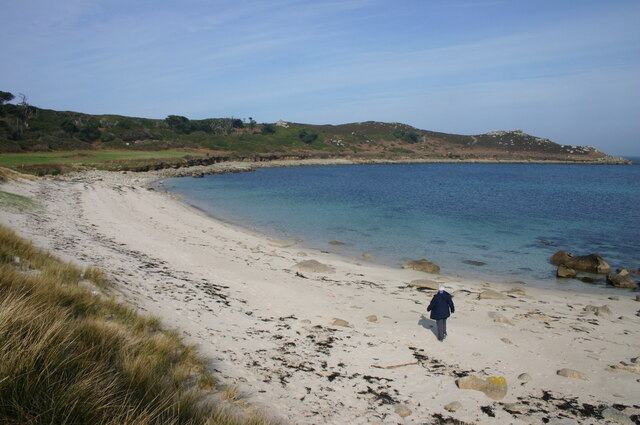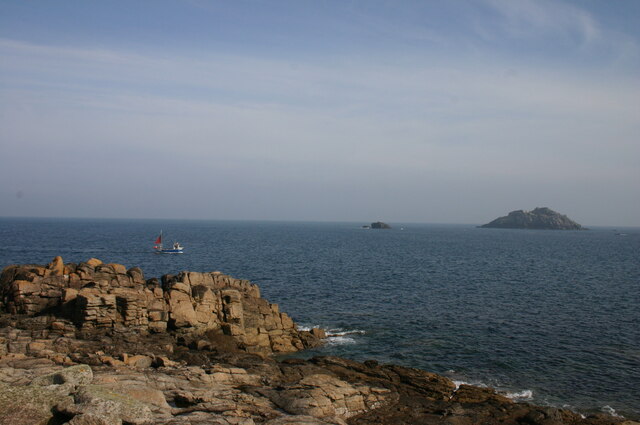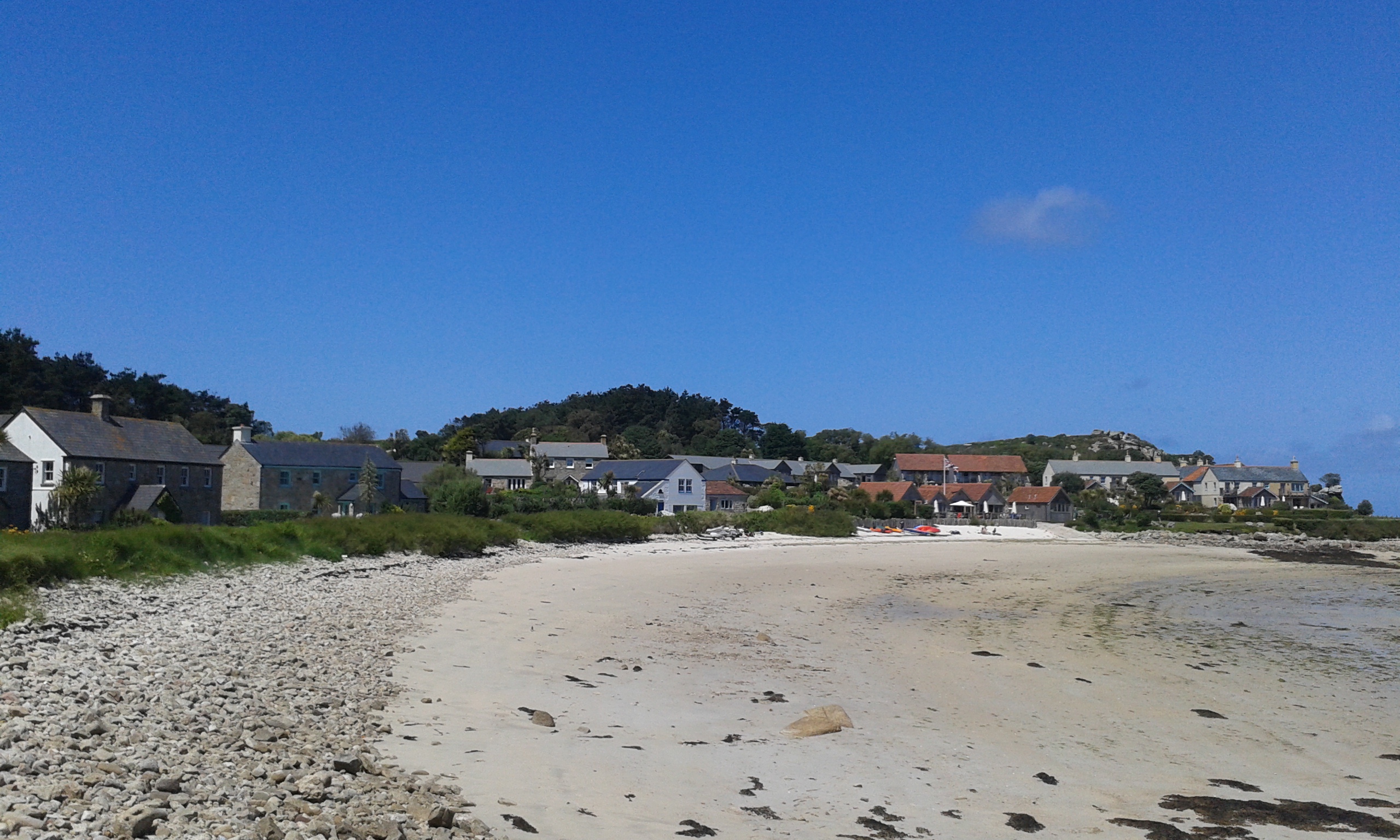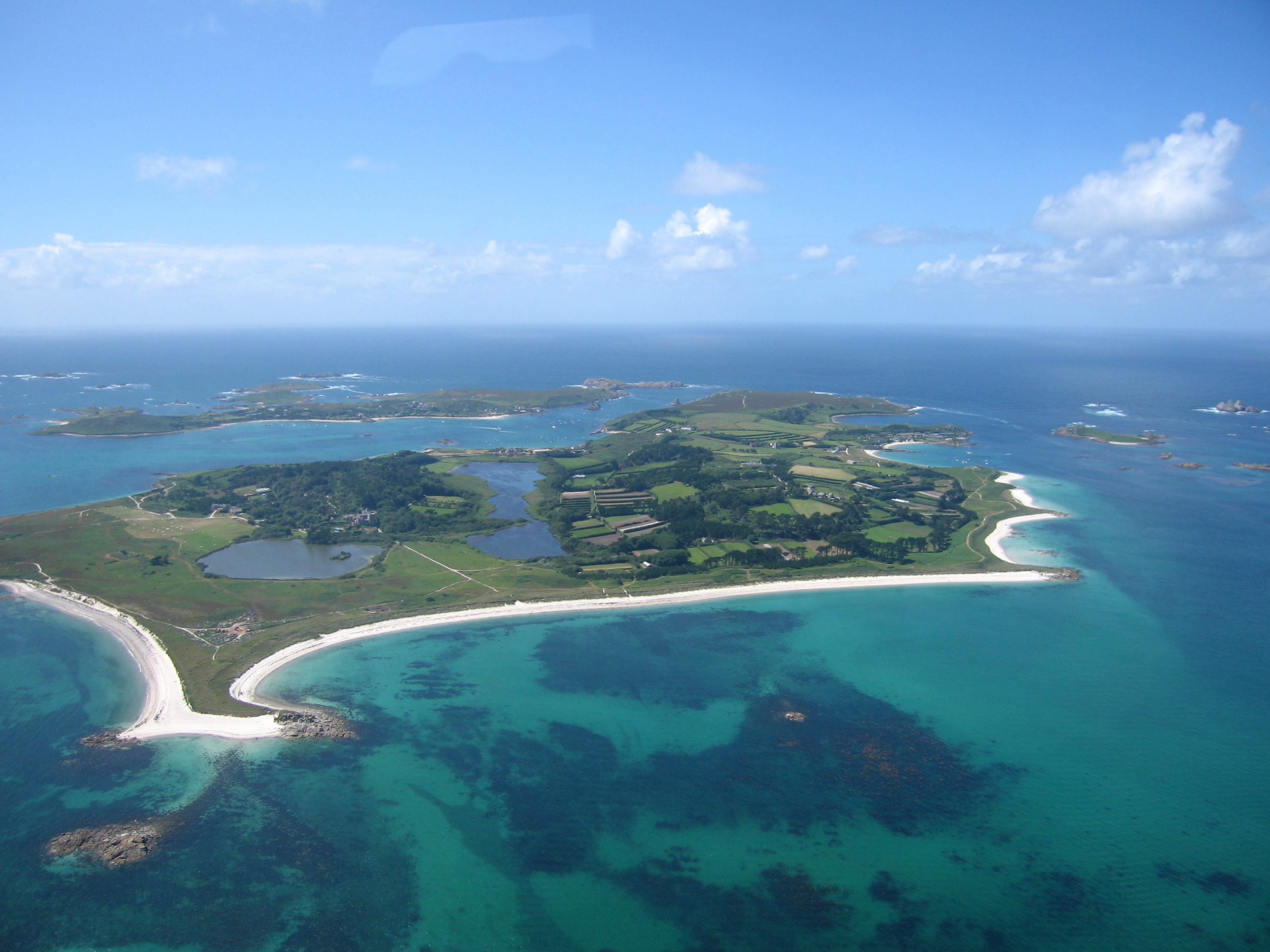Ray Island
Island in Cornwall
England
Ray Island

Ray Island, Cornwall is a small island located off the coast of Cornwall, England. Situated in the English Channel, it is part of the Isles of Scilly archipelago, specifically within the St Mary's group of islands. With an area of only 0.3 hectares, Ray Island is one of the smallest islands in the Isles of Scilly.
The island is predominantly rocky and rugged, with a few patches of grass and shrubbery. It is uninhabited, offering a tranquil and secluded environment for visitors. Accessible only by boat, Ray Island is a popular destination for day trips and nature enthusiasts.
The island is known for its diverse birdlife, including various species of seabirds and migratory birds. It is a designated Site of Special Scientific Interest (SSSI), providing protection to its unique flora and fauna. Visitors can observe nesting seabirds and spot rare species that are native to the area.
Ray Island is also home to a lighthouse, which stands prominently on its western side. Built in the 19th century, the lighthouse served as a navigational aid for ships passing through the treacherous waters around the Isles of Scilly. Although no longer in operation, the lighthouse adds to the island's charm and historical significance.
Due to its small size and untouched natural beauty, Ray Island offers a peaceful escape from the bustling mainland. It provides an opportunity to connect with nature, explore coastal landscapes, and appreciate the rich biodiversity of the region.
If you have any feedback on the listing, please let us know in the comments section below.
Ray Island Images
Images are sourced within 2km of 49.960062/-6.3321399 or Grid Reference SV8915. Thanks to Geograph Open Source API. All images are credited.













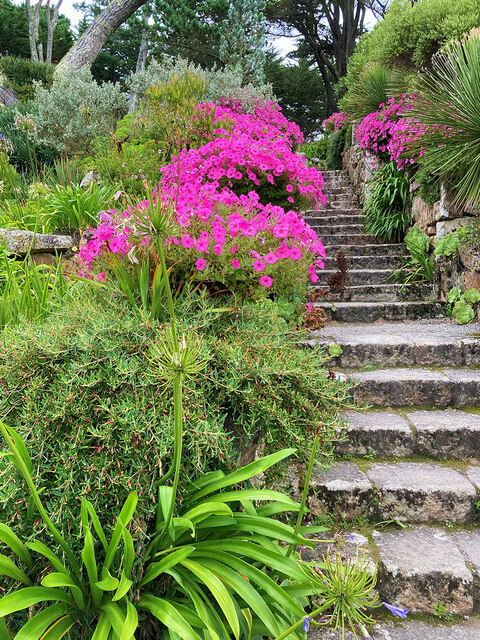
Ray Island is located at Grid Ref: SV8915 (Lat: 49.960062, Lng: -6.3321399)
Division: Isles of Scilly
Unitary Authority: Isles of Scilly
Police Authority: Devon and Cornwall
What 3 Words
///tiling.manliness.juggled. Near Tresco, Isles of Scilly
Nearby Locations
Related Wikis
Old Grimsby
Old Grimsby (Cornish: Enysgrymm Goth) is a coastal settlement on the island of Tresco in the Isles of Scilly, England. It is located on the east side of...
St Nicholas's Church, Tresco
St Nicholas's Church, Tresco, is a parish church in the Church of England located in Tresco, Isles of Scilly, UK. == History == Originally two old cottages...
Old Blockhouse
The Old Blockhouse, also known as the Dover Fort, is a 16th-century fortification on the island of Tresco in the Isles of Scilly. It was built between...
Tresco, Isles of Scilly
Tresco (Cornish: Enys Skaw, lit. 'island of elder-trees') is the second-biggest island of the Isles of Scilly. It is 297 ha (1.15 sq mi) in area, measuring...
New Grimsby
New Grimsby (Cornish: Enysgrymm Nowyth) is a coastal settlement on the island of Tresco in the Isles of Scilly, England. It is located on the west side...
RNAS Tresco
RNAS Tresco was a Royal Naval Air Service base on Tresco, the second largest island in the Isles of Scilly. From February 1917 to May 1919 aircraft patrolled...
Castle Down
Castle Down is a windswept plateau of maritime heath in the northern part of the island of Tresco, Isles of Scilly. The area has a number of designations...
Piper's Hole
Piper's Hole is a sea cave located on Tresco, an island of the Isles of Scilly. The name Piper's Hole can also refer to another, more minor, sea cave in...
Nearby Amenities
Located within 500m of 49.960062,-6.3321399Have you been to Ray Island?
Leave your review of Ray Island below (or comments, questions and feedback).
